Ponniyin Selvan 1: Mani Ratnam is no Shankar or SS Rajamouli, but he’s fearless
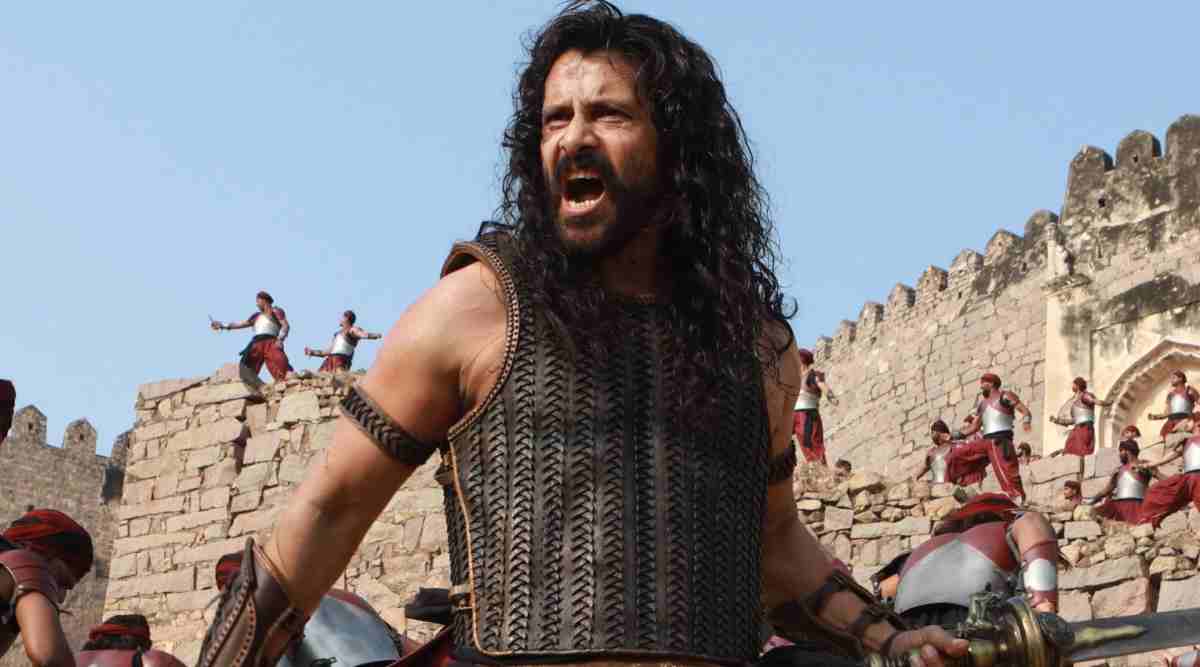
Mani Ratnam’s treatment of Ponniyin Selvan 1 is path-breaking in the history of modern Indian tentpole movies. He is changing the grammar and redefining the meaning of a big-budget spectacle.
Ponniyin Selvan: 1 was a dream of Mani Ratnam, which he nurtured for about 40 years. And finally, when he put his visual interpretation of the epic novel on the big screen one can’t help but wonder, what occurred in his mind when he saw the finished film for the first time. Did he enjoy the show or was he slapping his head in silence over little niggles that we would perhaps not even notice. What is going on in the mind of this ingenious and one of the most sincere filmmakers of Indian cinema now that his magnum opus belongs to the audience? PS: 1 marks the culmination of a collective dream of so many great minds of Tamil cinema. And Mani Ratnam has been very respectful of that opportunity by presenting this film in the most dignified manner possible.
Mani Ratnam is not in the league of Shankar or SS Rajamouli. When it comes to making his films ‘commercial’, he can only go till a certain point. It’s like there is an invisible line that he won’t cross while pandering to the masses. He’s among the handful of Indian filmmakers who enjoys the distinction of having cracked the formula of striking a balance between arts and commerce in mainstream movies. But, as Mani Ratnam gets older, he started tilting more toward arts than commerce (maybe it started with Iruvar) and upset the balance. It may have even cost him big openings but that didn’t stop him from making the kind of films he did. In that sense, PS: 1 was a huge gamble. How would a filmmaker like him adjust his methods to appeal to a wider range of audiences to recoup the investments?
Make no mistake, PS: 1 has plenty of moments that would have been exploited to their full potential for delivering spectacle to the masses if it were any other filmmaker. But, not him. He ensured that his big screen adaptation won’t dishonor Kalki Krishnamurthy’s sprawling drama.

Mani Ratnam has not written this film as a typical tentpole movie made in India. It sort of feels like watching a Denis Villeneuve film. It’s massive on budget, scale and star power. But, it doesn’t come with a sense of rush that we would generally experience, say, in a comic book movie. There is a strong sense of calm in the way the narrative builds up. We know there is a storm is brewing but this filmmaker isn’t willing to jump to the fun parts without first asking the audience to understand where these characters are coming from. He’s not covering a character’s transformation arc in a scene or a lengthy monologue. He’s letting us in on the micro changes in characters for us to see there is more to them than meets the eyes.
For example, Aishwarya Rai Bachchan’s Nandini has the reputation of being as poisonous as a snake. Mani Ratnam could have taken the easy way out feeding off Nandini’s presumed maliciousness, making it easier for us to pick a side. You know most of us invariably end up identifying with the “good guys.” Instead, he does a sleight of hand, and in a few montage shots, show us a part of Nandini’s tragic backstory.
Nandini is plotting to overthrow the Chola empire, and her deception works on multiple levels. By conventional thinking, she is the villain of the story. But to be fair, Nandini is more sinned against than sinning among those who are plotting the end of Sundara Chola’s clan. She was chased away at a very young age from Thanjavur for falling in love with the heir to the throne, Aditha Karikalan (Vikram). And later in her life, her presumed lover Veerapandiya is slaughtered without mercy in front of her eyes despite her repeated prayers to spare him. The Cholas give her enough reason to seek revenge against them.
And there is Trisha’s Kundavai. She seems like a wise, kind-hearted, person with great political acumen, but she is deeply prejudiced. “We didn’t know Nandini’s lineage. I could have never allowed her to become the queen,” Kundavai reasons with Aditha, who is aware of her role in denying him the life he desired with Nandini.

There is also this beautifully shot life-altering moment. After defeating the Pandya army, Aditha chases Veerapandiya, who runs into the forest seeking safety. Aditha tracks his rival down to a hut in the middle of the forest. When he kicks open the door, the image that he sees rewires every fibre in his body and turns him into a killing machine. Aditha sees Nandini intimately nursing a heavily wounded Veerapandiya (we don’t know the full story yet. At least for those who haven’t read the five books). Aditha was determined to kill Veerapandiya as dictated by his warrior code. But, when he delivers a final death blow to Veerapandiya, he was not a warrior. He was simply a miffed lover who couldn’t stand the sight of another man in the arms of the woman he loves. His killing of Veerapandiya was not an act of valour or duty, it was personal and dishonourable. Perhaps, he knows that deep down in his heart and that’s why he runs away from all the comforts of a king toward pain, suffering and death
Mani Ratnam’s treatment of PS:1 is path-breaking in the history of modern Indian tentpole movies. He is changing the grammar and redefining the meaning of a big-budget spectacle. They don’t always need to be overly saturated with actions, which is mindless at times, to keep the audience hooked. Things don’t need to be blown up every 10 minutes to retain the attention of the audience. Mani Ratnam wants to be poetic and re-introduce us to the pleasures of delayed gratification.
Only a director who has nerves of steel can make a movie like this without knotting and crumpling the narrative to play to the gallery. Mani Ratnam is not guided by fear but by his love for making a sincere movie. He is fearless.
Recent Posts
- Astronomers detect first direct image of black hole expelling a powerful jet
- WhatsApp rolling out ‘reply with message’ feature within call notifications
- Multi-Device Pairing May Be Arriving for Apple Watch this Year
- Artificial Intelligence Discovers Hidden Giant, a Planet 5 Times Larger Than Jupiter
- Google CEO Sundar Pichai Talks Bard & The Future Of Search
Recent Comments
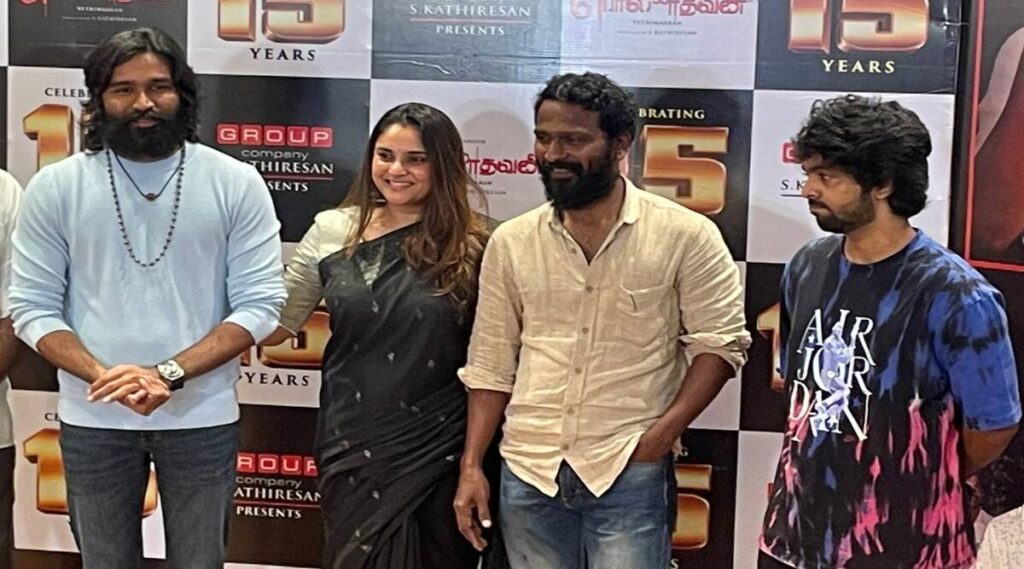
Polladhavan turns 15, Dhanush sports a new look at the special event. See pics
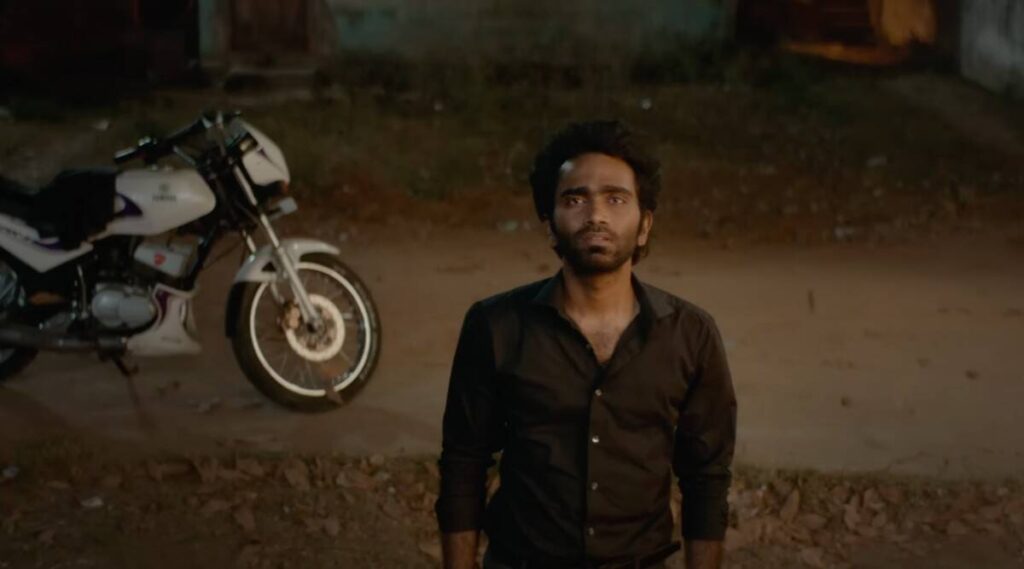
Pradeep Ranganathan on Love Today success: ‘Are the things I am hearing and seeing real?’
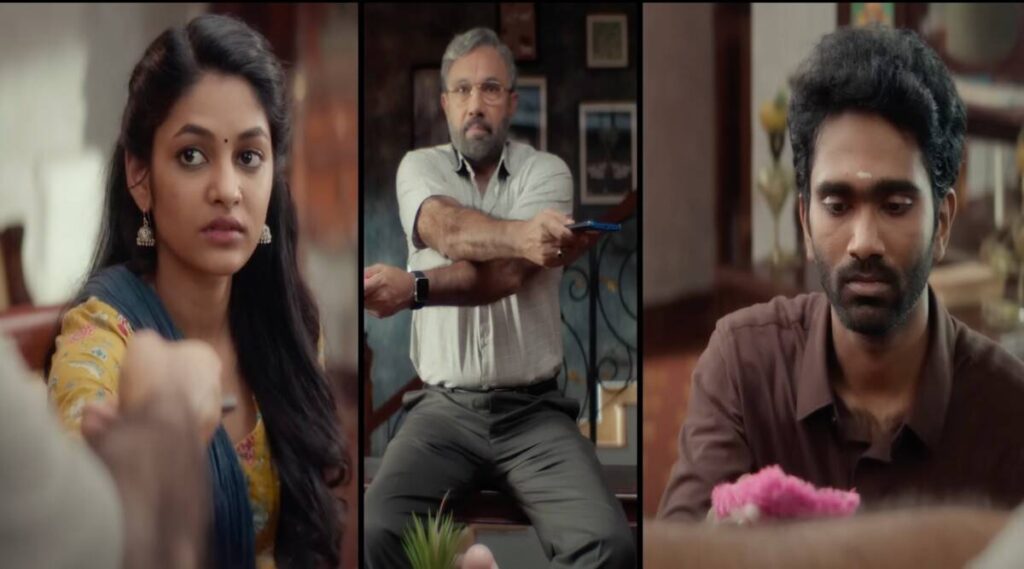
Love Today review: An enjoyable feature-length meme with a moral science lesson
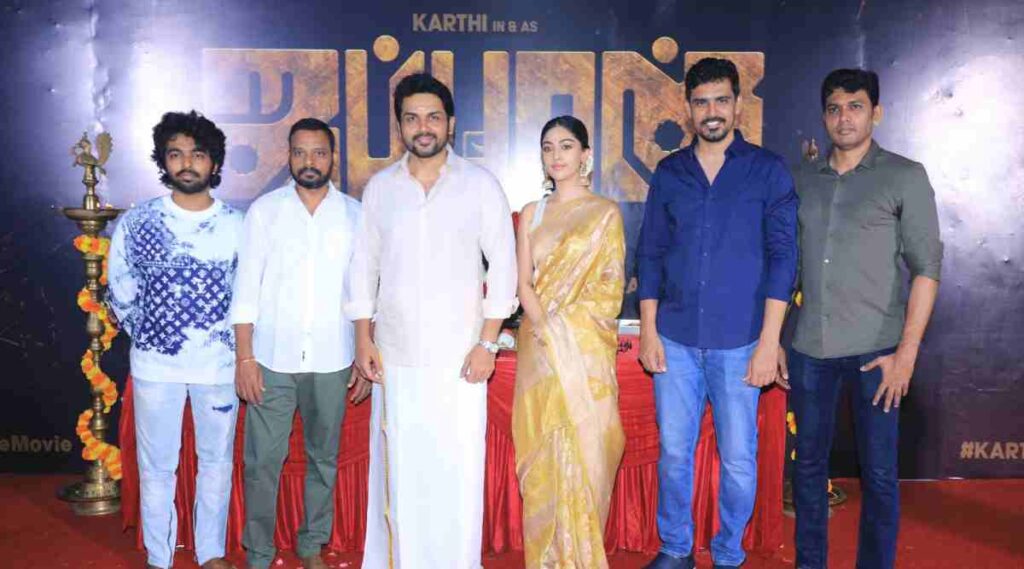
Karthi’s next film Japan launched

Astronomers detect first direct image of black hole expelling a powerful jet

WhatsApp rolling out ‘reply with message’ feature within call notifications

Multi-Device Pairing May Be Arriving for Apple Watch this Year

